Exam Details
Exam Code
:QSDA2018Exam Name
:Qlik Sense Data Architect Certification - June 2018 ReleaseCertification
:QlikView CertificationsVendor
:QlikViewTotal Questions
:60 Q&AsLast Updated
:Jun 05, 2025
QlikView QlikView Certifications QSDA2018 Questions & Answers
-
Question 1:
A company builds several apps to help analyze product performance.
Each app is for a specific business area: Marketing, Sales, or Production
Users must see updated data daily
Data is taken from the enterprise data warehouse (EDW)
Change requests for the data warehouse take approximately 6 weeks.
One of the dimensions used across all of the apps is product group
There are six different product groups
To provide users with an intuitive way of working with data, the colors that present the product groups must be the same in all apps. The RGB color codes for each product group will be provided to the data architect by e-mail.
How should the data architect add consistent colors for the product group dimension that are easy to maintain?
A. Add the color codes using a text file
B. Add the color codes using expressions
C. Add the color codes in the EDW
D. Add the color codes using variables
-
Question 2:
Refer to the exhibit.
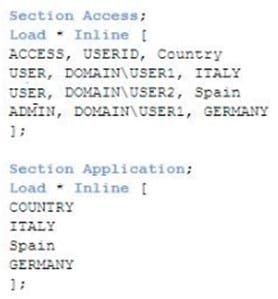
The data architect is using section access to meet the security requirements of an app. After the first draft, the data architect discovers that users can NOT see the right subset of data.
Which solution should a data architect use to fix this issue?
A. Associate the Section Access table with the data model
B. Name the field for data reduced as "SectionAccess"
C. Capitalize field names and values
D. Capitalize only field values
-
Question 3:
Refer to the exhibit.
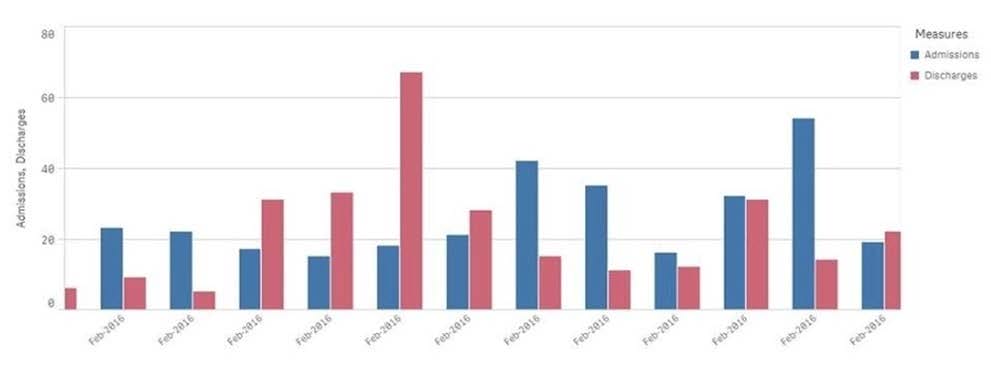
A chart for monthly hospital admissions and discharges incorrectly displays the month and year values on the x-axis. The date format for the source data field "Common date" is M/D/YYYY. This format was used in a calculated field named "Month-Year" in the data manager when the data model was first built.
Which expression should the data architect use to fix this issue?
A. Date (MonthsStart ([Common Date]), `MMM-YYY')
B. Date (MonthStart ([Common Date]), `MMM-YYY')
C. Date ([Common Date], `MMM-YYY')
D. Date (InMonth([Common Date]), MMM-YYYY')
-
Question 4:
Refer to the exhibit.

An organization stores sales data in SQL Server. A database administrator creates a view to show the transaction data. The data architect must:
Create a data model that shows the total sales for each salesperson by month
Create an indicator that shows whether the total monthly sales meet or exceed the monthly quota, which is always $1,200
Which script should the data architect use to meet these requirements?
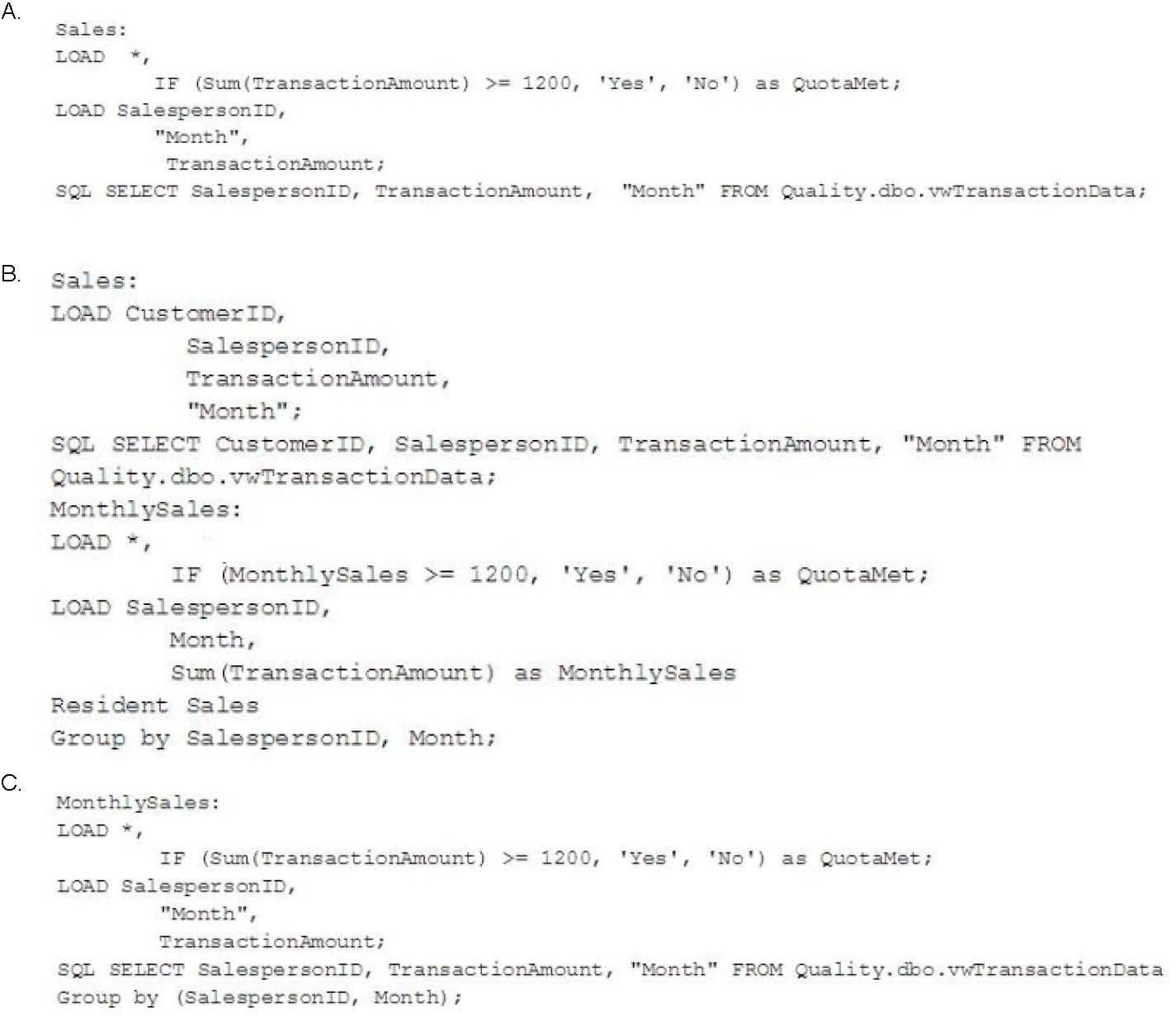
A. B. C.

D.
-
Question 5:
A data architect needs to develop three separate apps (Sales, Finance, and Operations). The three apps share numerous identical calculation expressions. The data architect wants to reduce duplicate script and stores it on a file server that Qlik Sense can access.
How should the data architect complete requirements?
A. Call batch file
B. Macro on server
C. Execute server script
D. Include script function
-
Question 6:
Refer to the exhibit.
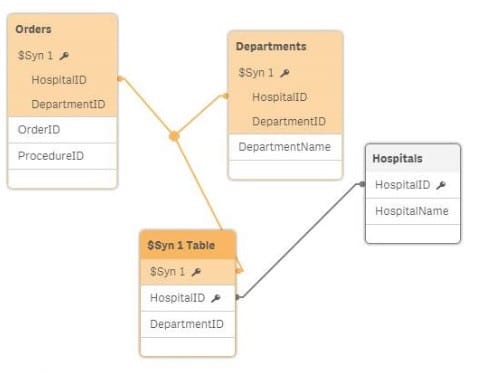
A data architect needs to resolve a synthetic key and make sure that users can see the unique department
name and hospital name for each order.
Which action should the data architect take?
A. Remove DepartmentID from the LOAD statement for the Orders table
B. Remove HospitalID from the LOAD statement for the Orders table
C. Remove the Departments table from the LOAD script
D. Remove the Hospitals table from the LOAD script
-
Question 7:
Refer to the exhibits.
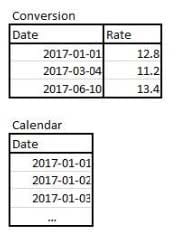
A business analyst must see a currency conversion rate for any given date in a chart. The currency conversion rate data is held in a separate table in the database and only contains a record when the rate changes. An existing master calendar exists in the data model that contains a full set of dates.
Which technique should the data architect use to meet this requirement?
A. Join the calendar with the currency conversion table Order by date and use the Peek function to fill in the blank values
B. Use IterNo and autogenerate to create a new calendar max and min dates of the currency conversion table Force concatenate with the master calendar
C. Use a For loop between the start date and end date of the master calendar Use the Match function to add the currency conversion rates to the master calendar
D. Use IntervalMatch to load the currency conversion rate between dates the conversion changed Inner Join the resultant table back into the master calendar
-
Question 8:
Refer to the exhibit.
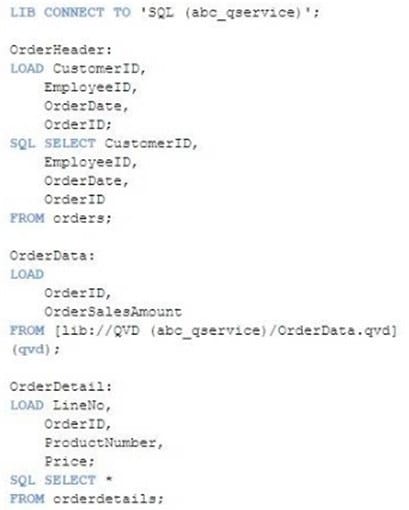
An existing app on Qlik Sense Enterprise is duplicated and transferred to a data architect to add some additional data. When trying to manually reload the original script, the data architect receives an error.
What should be done to make sure the script runs correctly?
A. Add the line LIB CONNECT TO `SQL (abc_qservice)'; before the LOAD for the OrderDetail table.
B. Give the data architect the Read rights on the data connections in the QMC.
C. Make the data architect the owner of the app in the QMC.
D. Add the LIB CONNECT TO `QVD (abc_qservice/OrderData.qvd)'; before the LOAD for the OrderData table.
-
Question 9:
Refer to the exhibits.
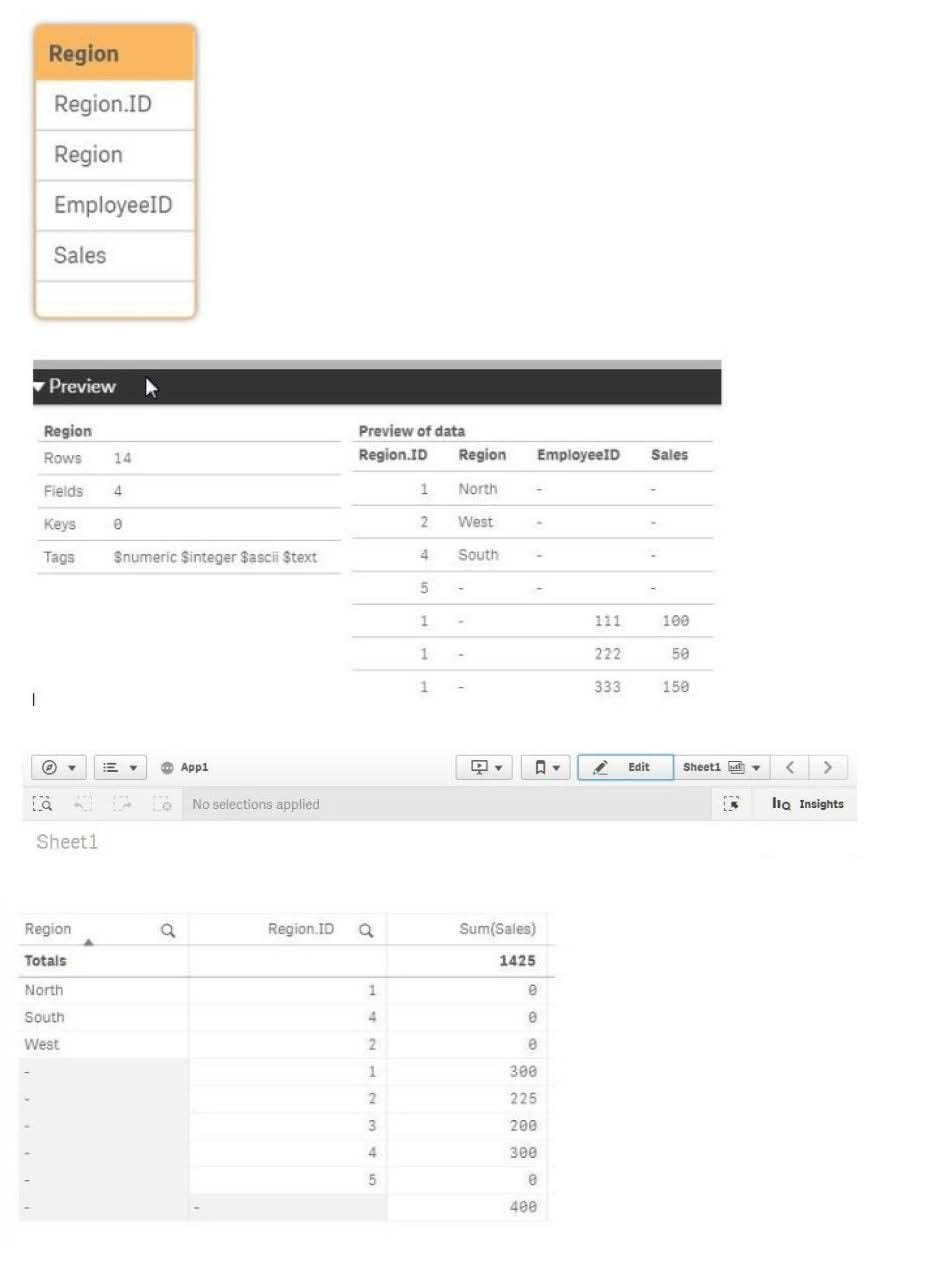
Executives need to see the total sales by region for the current year. The data architect inherits App1 from the former employee who tries to address this requirement. Two Microsoft Excel spreadsheets, Region and Employee, are used as the data source. The data architect creates a table and identifies errors in the amount of sales per region.
Which method should the data architect use to resolve the errors?
A. In the data manager, split the region table and associate by EmployeeID
B. In the data manager, concatenate the Region table and associate by Region.ID
C. In the data load editor, concatenate the region and Employee tables
D. In the data manager, split the region table and associate by Region.ID
-
Question 10:
Refer the exhibit.

A new app is being developed. Users need to see:
Total sales for each customer
Total sales for given state
Customers that have not had any sales
Names of salesperson and regional manager
Total number of sales by date
The data architect constructs several data models and tests the validity of each model.
Which two data models meet these requirements? (Choose two.)
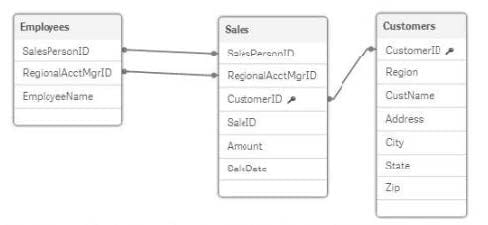
A.
The data architect aliases the MrgID field to RegionalAcctMgrID and the CustID field in the Customers table.
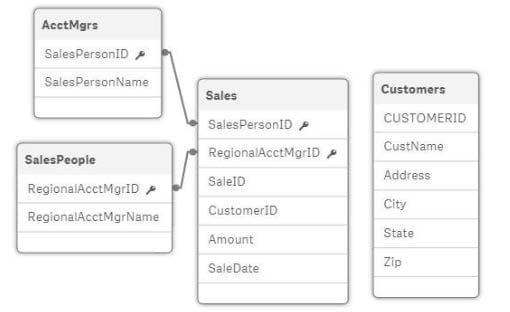
B.
The data architect loads two copies of the Employees table, aliases the appropriate fields, and aliases the CustID field when loading the Customers table.
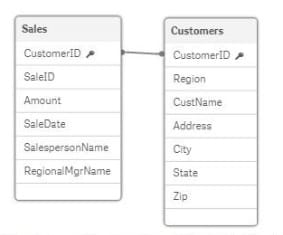
C.
The data architect performs two Left Joins to the Sales table to get the Employee names and loads the Customers table aliasing the CustID field.
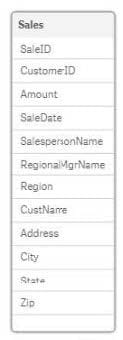
D.
The data architect performs three Left Joins to load the Customer and Employee data fields into the Sales table.
Related Exams:
QREP
Qlik Replicate CertificationQSBA2021
Qlik Sense Business Analyst Certification - February 2021 ReleaseQSBA2024
Qlik Sense Business Analyst Certification - 2024QSDA2018
Qlik Sense Data Architect Certification - June 2018 ReleaseQSDA2019
Qlik Sense Data Architect Certification - June 2019 ReleaseQSDA2021
Qlik Sense Data Architect Certification - February 2021 ReleaseQSDA2022
Qlik Sense Data Architect Certification - 2022QSDA2024
Qlik Sense Data Architect Certification - 2024QSSA2018
Qlik Sense System Administrator Certification - June 2018 ReleaseQV_DEVELOPER_01
QlikView 11 Developer Certification
Tips on How to Prepare for the Exams
Nowadays, the certification exams become more and more important and required by more and more enterprises when applying for a job. But how to prepare for the exam effectively? How to prepare for the exam in a short time with less efforts? How to get a ideal result and how to find the most reliable resources? Here on Vcedump.com, you will find all the answers. Vcedump.com provide not only QlikView exam questions, answers and explanations but also complete assistance on your exam preparation and certification application. If you are confused on your QSDA2018 exam preparations and QlikView certification application, do not hesitate to visit our Vcedump.com to find your solutions here.